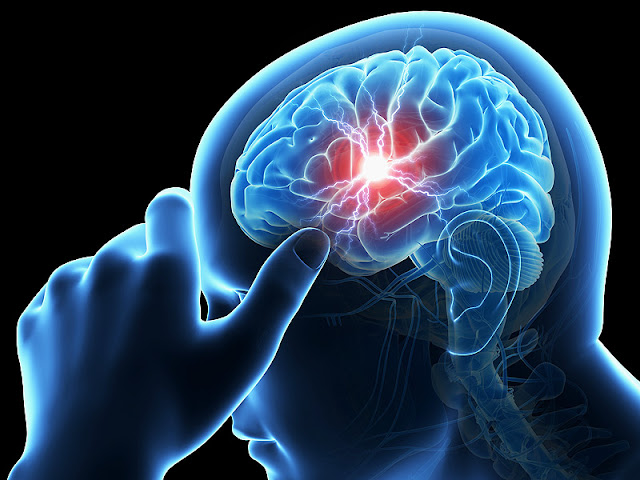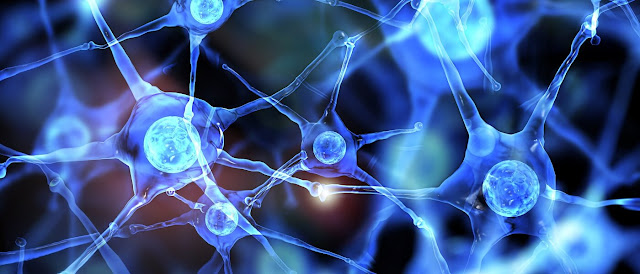The Treatment and Prevention of Brain Stroke
A stroke is known to be a disruption of blood flow to any part of the brain, causing the cells of the brain to be damaged or die because of the lack of oxygen in the brain. A stroke is a medical emergency that requires immediate treatment. All the symptoms associated with stroke usually occur immediately, however, they vary depending upon the part of the brain which is highly affected. Stroke treatment is important immediately after suffering from its symptoms.
According to a neurosurgeon, following are the symptoms of stroke:
- Impairment or loss of vision
- A severe headache
- Confusion
- Loss of consciousness
- Sudden weakness and numbness
- Poor balance and dizziness
Stroke treatment:
Stroke call for immediate stroke treatment. Prompt treatment helps improve the chances of survival, thereby increasing the gravity of recovery. The treatment so given depends upon the kind of stroke suffered by the person. Initial stroke treatment includes an acute stroke therapy that tries to stop a stroke. This is done by the way of dissolving a blood clot which causes the stroke. Administering medication also forms yet another stroke treatment. If the gravity of stroke is more serious, surgery is performed by the neurosurgeon to treat the condition. The long-term treatment of stroke includes speech therapy, physiotherapy, occupation therapy, etc.
Prevention of stroke:
A neurosurgeon suggests you take up the following steps to prevent the chances of a stroke:
- Quit smoking
- Exercise regularly in order to stay fit
- Lose weight
- Eat a balanced diet which is low in sodium and saturated and trans fat
- Consume alcohol in moderation
Stroke requires immediate medical attention. It is always suggested being careful about this health condition and to further avoid the occurrence of this problem by adopting a healthy lifestyle. As prevention is always better than cure.
Additional Read : Signs To Identify Neurological Disorders in Your Children


Brain Tumor Surgery Cost - Brain tumor is an abnormal growth of cells in the brain, which can be benign or malignant. Symptoms may include headaches, seizures, and cognitive changes. Diagnosis typically involves imaging like MRI or CT scans. Treatment options include surgery, radiation, and chemotherapy, tailored to the tumor's type and location. Visit: Visit: Cost of Neurosurgery
ReplyDeleteMedical Tourism Company